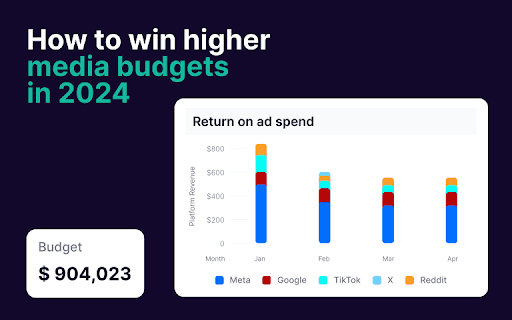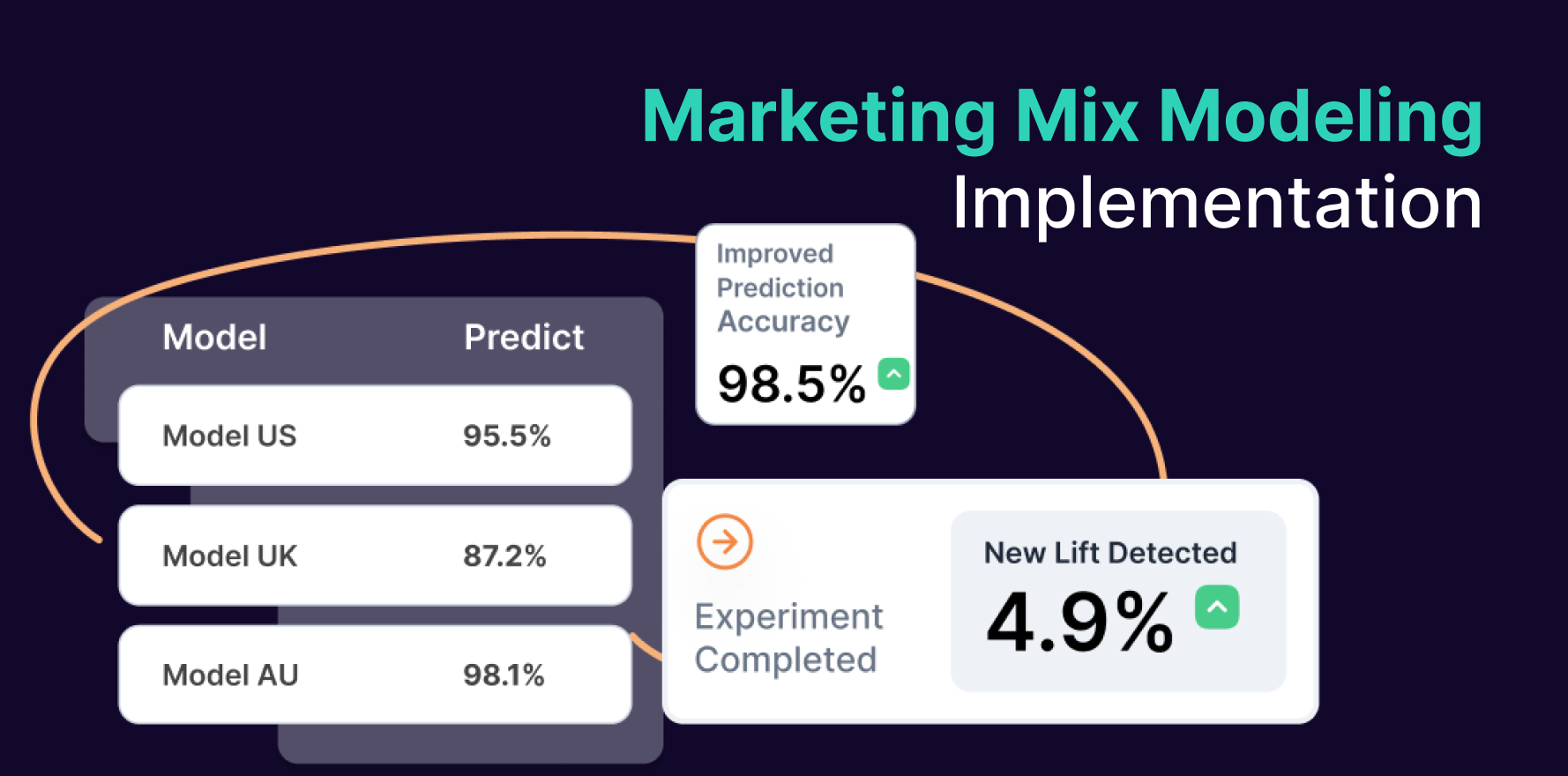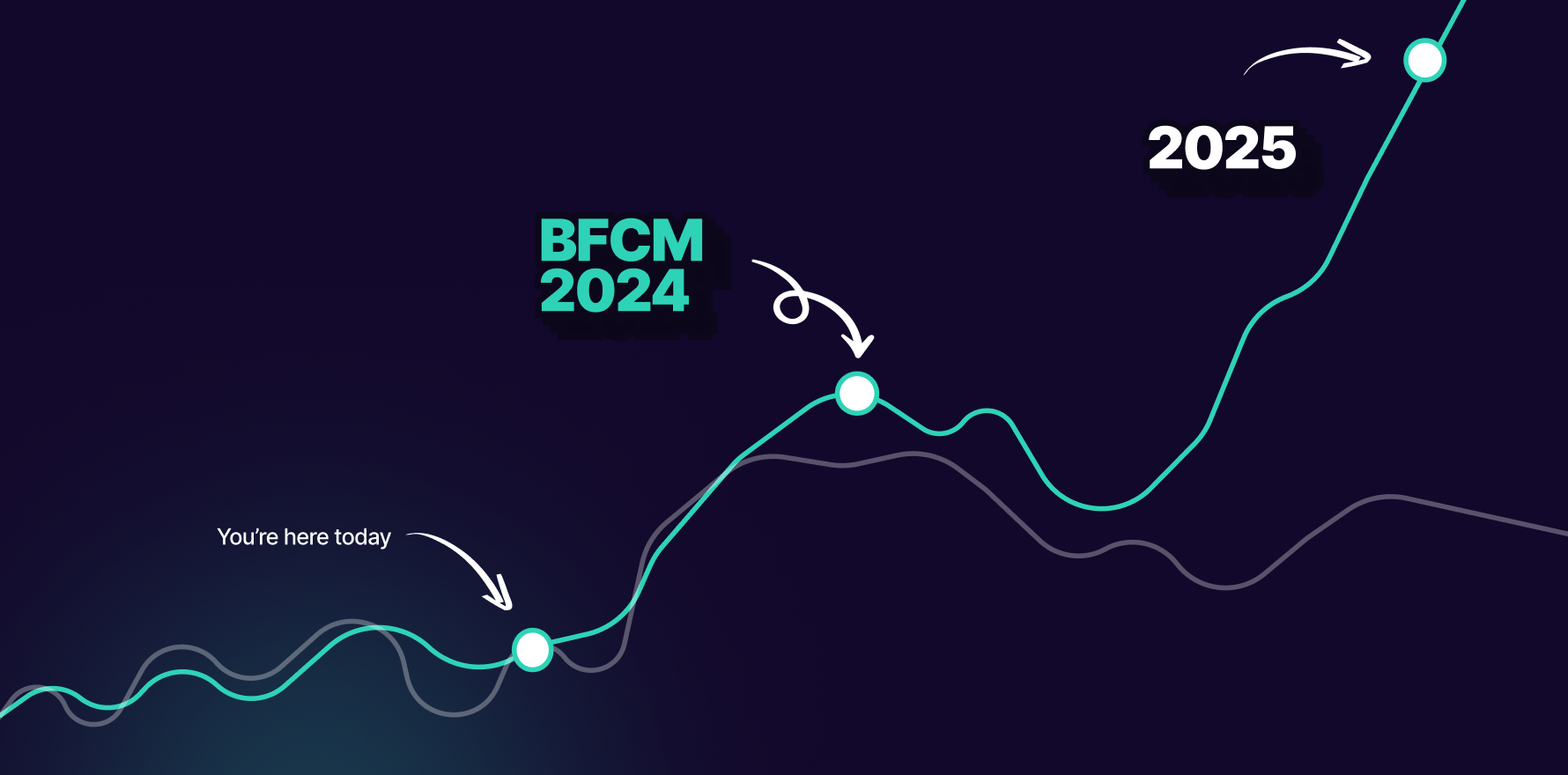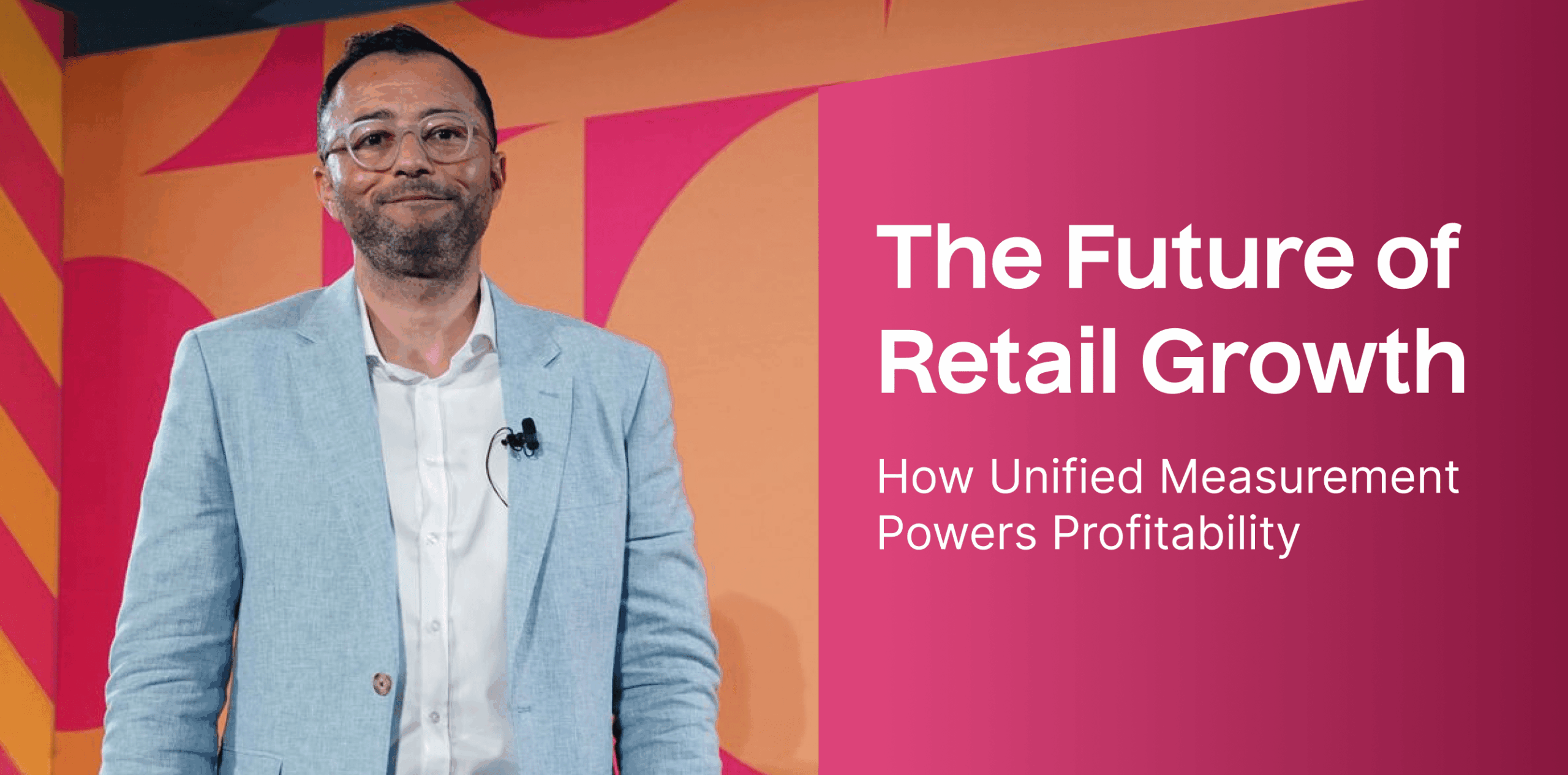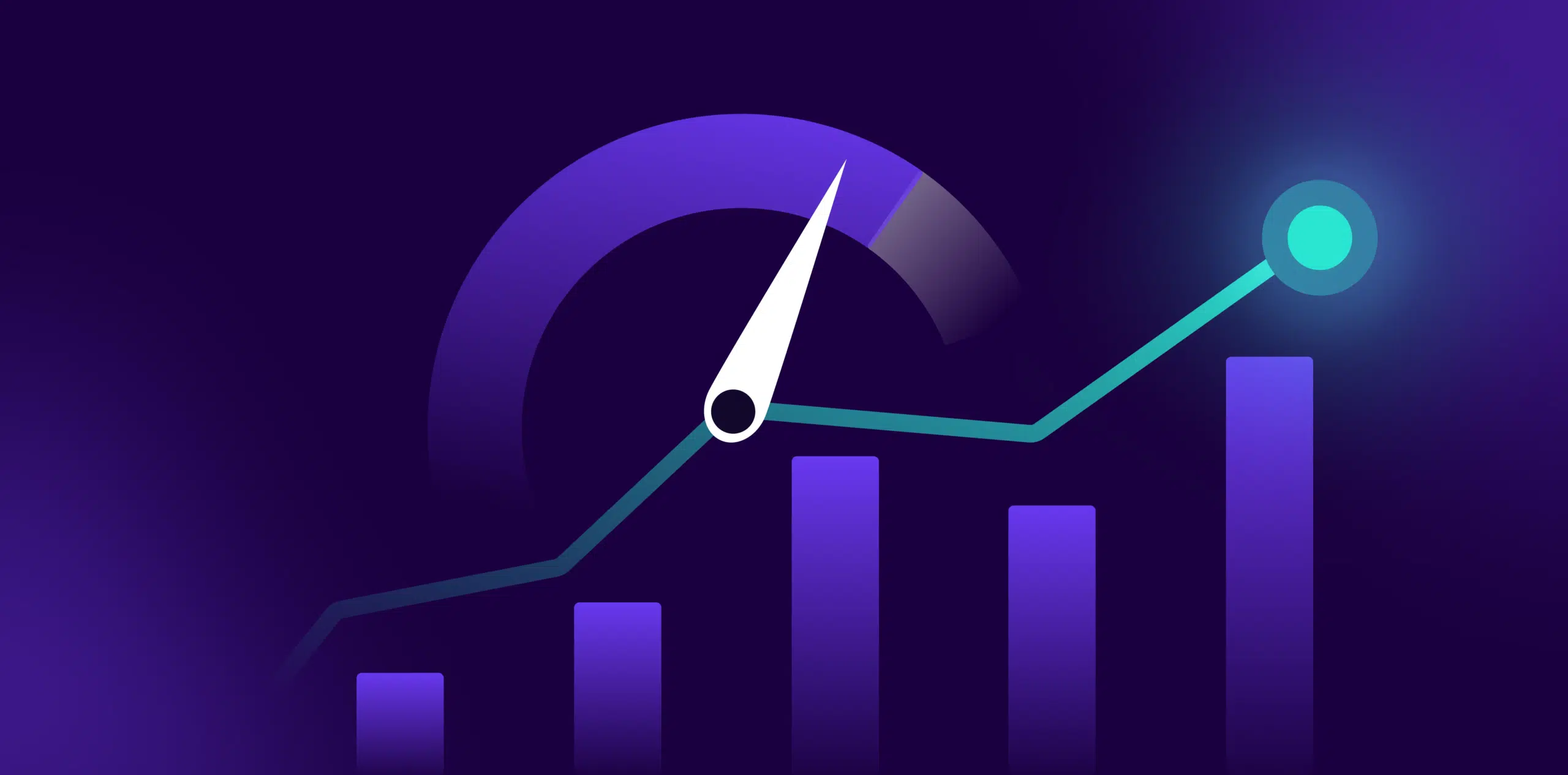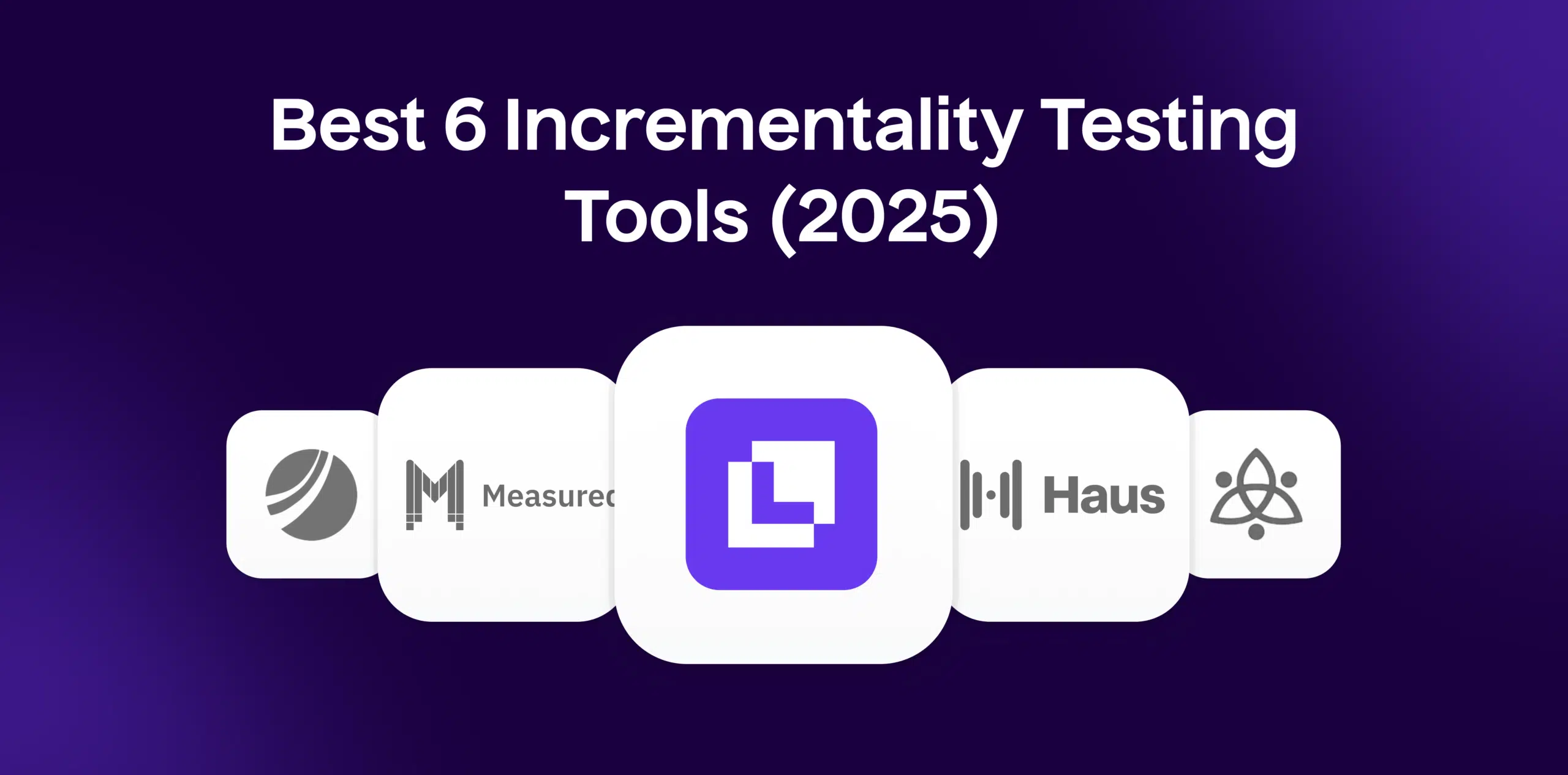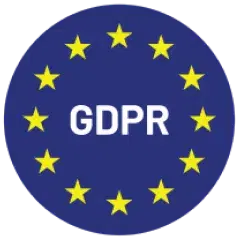What is Attribution Time Lag?
Attribution Time Lag is essentially the time elapsed from the first marketing touchpoint, such as a digital advertisement or an email campaign, to when a consumer makes a purchasing decision. This lag provides insight into the consumer’s journey and how long it takes for marketing efforts to translate into sales.
Formula
While attribution time lag doesn’t have a specific mathematical formula, it is typically calculated by tracking the timestamp of the initial marketing touchpoint and the timestamp of the conversion (such as purchase) in marketing analytics software.
Example
For instance, if a consumer sees an ad for a product on March 1st but doesn’t make the purchase until March 5th, the attribution time lag would be four days.
Why is Attribution Time Lag important?
Attribution Time Lag is an invaluable tool in strategizing marketing plans. It provides information on how long it takes for a customer to decide on a purchase following a marketing activity, thus helping identify the effective timeline for retargeting initiatives. Understanding the average time lag can aid in optimizing the scheduling and pacing of marketing campaigns, contributing to efficient ad spend and higher conversion rates.
Which factors impact Attribution Time Lag?
Improving attribution time lag involves reducing the time gap between the initial touchpoint and the subsequent purchase, achieved by optimizing marketing strategies. Businesses can utilize A/B testing to identify which marketing messages or channels lead to quicker conversions. Personalization is another approach to make relevant product suggestions, speeding up the decision-making process and thus reducing the lag.
How can Attribution Time Lag be improved?
Several factors impact attribution time lag, including the type of product or service, its price point, and the purchasing behavior of the target demographic. Higher-value products usually have longer time lags as customers take more time to research and decide. Seasonal trends and sales events may also ally shorter lags due to increased buying urgency.
What is Attribution Time Lag’s relationship with other metrics?
Attribution time lag correlates with metrics like conversion rate, customer lifetime value, and ROI. A shorter time lag may symbolize optimized marketing strategies leading to higher conversion rates. However, a longer lag isn’t necessarily negative as it might be associated with higher order values and better-informed purchasing decisions, positively influencing customer lifetime value and ROI.
Free essential resources for success
Discover more from Lifesight

